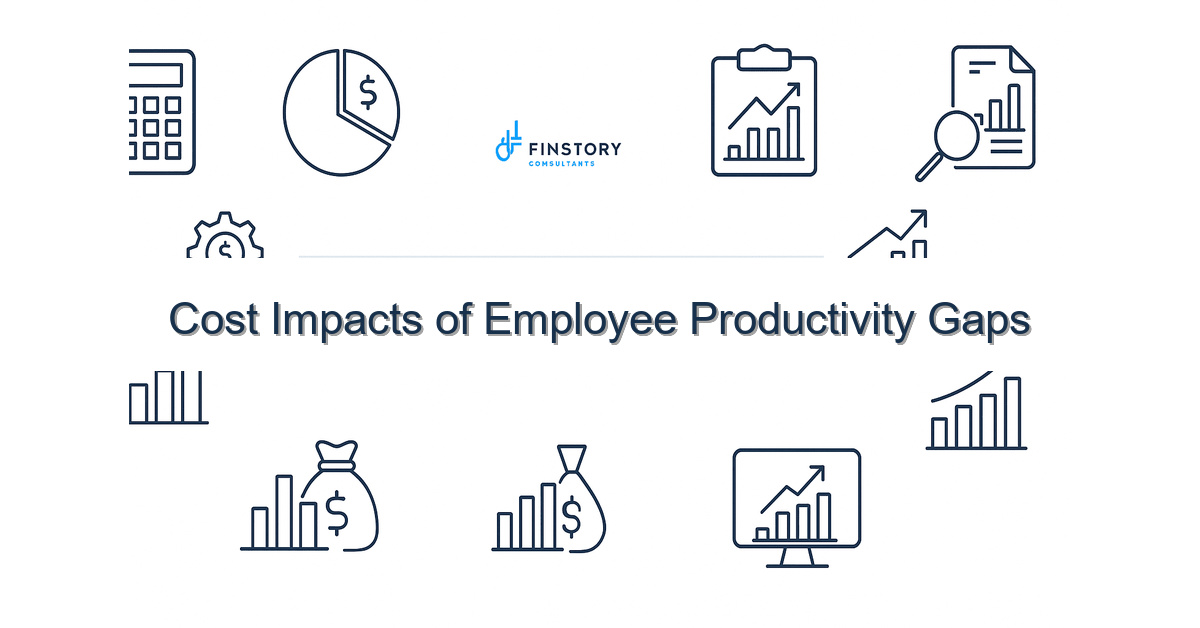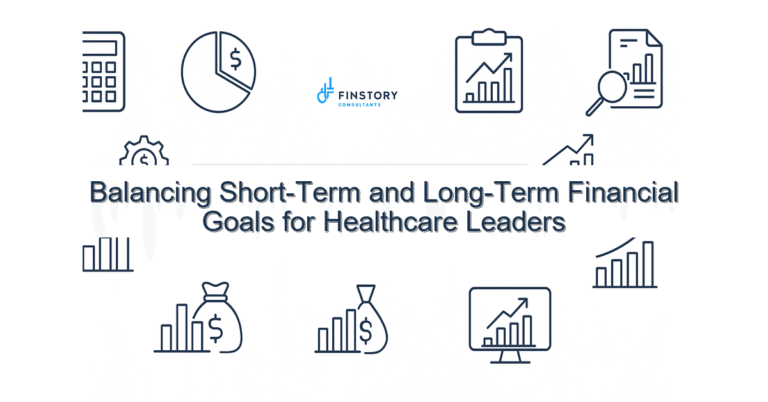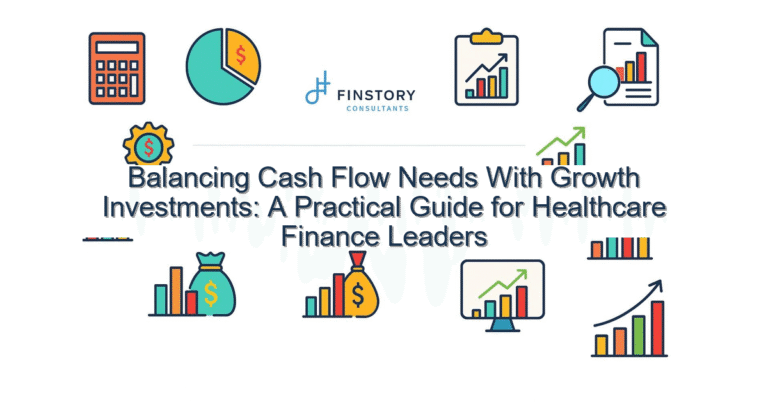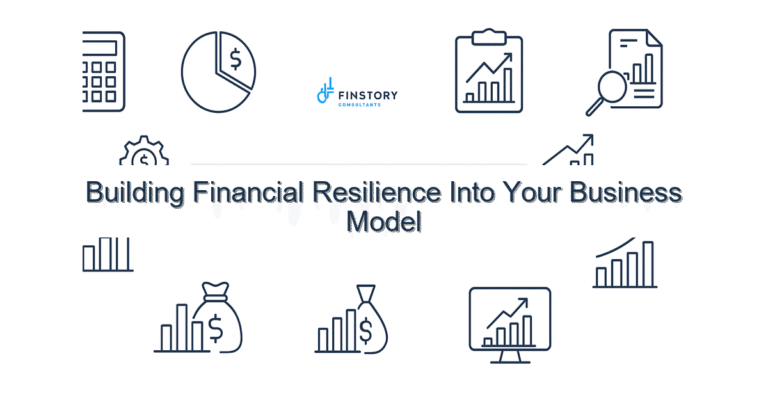Cost Impacts of Employee Productivity Gaps
You know when your month-end drags into overtime, claims sit in limbo, and your best people are firefighting instead of improving systems? Those moments make the cost of employee productivity gaps painfully real.
Summary: Quantifying the cost impacts of employee productivity gaps lets healthcare operations and finance leaders decide where to invest—automation, process redesign, or targeted hiring—to cut waste, speed delivery, and protect margin.
What’s the real problem? — employee productivity gaps
At its simplest, an employee productivity gap is the difference between the work your team could deliver under efficient conditions and the work they actually deliver today. For healthcare finance teams this gap shows up as slower billing, manual reconciliations, and repeated fixes that pull people off strategy.
- Symptoms you already recognize: delayed claims and higher AR days.
- Recurring overtime and heavy use of temp staff around close.
- Poor data quality leading to downstream denials, audit findings, or missed opportunities.
- Leaders feeling the pain but unsure which fix will move the needle.
What leaders get wrong about employee productivity gaps
Two common missteps keep teams stuck. First, leaders assume a people problem—hire more staff—and ignore process or tooling fixes. Second, organizations measure the wrong things: headcount vs. value delivered. Both lead to ongoing cost leakage.
For example, a finance head may add three FTEs to handle month-end without examining why reconciliations take five days instead of two. The new hires mask the underlying inefficiency and create recurring payroll pressure.
A better approach
Treat productivity gaps as solvable system issues. Use a structured, measurable approach instead of one-off fixes. Here’s a practical 4-step framework you can start today:
- 1. Measure the gap. Baseline cycle times (AR days, close duration), error rates, and time-spent on key tasks. Make the invisible visible.
- 2. Diagnose root causes. Map processes end-to-end, interview frontline staff, and log where rework or handoffs occur.
- 3. Prioritize fixes by value. Score opportunities by cost, time saved, and ease of implementation. Aim for a mix of quick wins and medium-term investments.
- 4. Implement with metrics and governance. Deploy automation, update SOPs, and build dashboards so improvements stick.
Real-world example: A mid-size health system found its patient billing team spent 40% of their time on manual insurance verification. A targeted automation and a two-hour training reduced that burden to 10%—freeing two FTEs to focus on denials management and reducing AR days by 12% in six months. That translated to roughly $600k in recovered cashflow the first year.
Quick implementation checklist
- Capture a 7-day time diary for 10 people across your finance ops to see where time is spent.
- Measure current AR days, days to close, and first-pass claim acceptance rates.
- Run a 90-minute process mapping workshop with one high-volume process (e.g., claims submission).
- Identify 3 low-effort, high-impact automation candidates (e.g., data entry, matching).
- Build a simple Power BI dashboard showing cycle time and rework hotspots.
- Set a 30/60/90 day plan with owners and agreed metrics.
- Do one ‘stop the line’ change: remove a non-value handoff for 30 days and measure impact.
- Survey staff weekly for two months to track process friction and adoption.
What success looks like
Measure outcomes, not activity. Success should be visible in both operational and financial metrics:
- Reduced close cycle from X to Y days (example: 10 → 5 days).
- Lower AR days (example: 60 → 45 days) with corresponding cashflow improvement.
- Decrease in rework or exception rates (e.g., first-pass acceptance up 20%).
- FTE hours reallocated from tactical fixes to value work (e.g., 200 hours/month freed).
- Positive ROI within 6–12 months on automation investments (example ROI: 2–4x).
Risks & how to manage them
Top risks are predictable—and manageable.
- Risk: Measuring the wrong thing. Mitigation: Tie metrics to cash and compliance (AR days, denials, audit exceptions) not just headcount.
- Risk: Change resistance. Mitigation: Involve frontline staff in design, run pilots, and communicate wins quickly.
- Risk: Over-automation. Mitigation: Automate simple, repeatable tasks first; keep humans in loops for judgment calls.
Tools & data
Good data and the right tools speed measurement and make improvement durable. Consider:
- Finance automation for repetitive work (reconciliations, matching, claims prep).
- Power BI or similar for leadership reporting and visualizing cycle times and exceptions.
- Operational dashboards that tie activity metrics to financial outcomes (cash, accruals, bad debt).
We often combine lightweight process mining with Power BI to find where people spend time and then build a leadership reporting pack that shows progress in dollars, days, and FTEs. See our Finance automation blog and our operational analytics service for how this looks in practice.
FAQs
What is an employee productivity gap?
It’s the measurable shortfall between potential and actual output caused by processes, tools, or organizational friction.
How do I quantify the cost impact?
Multiply excess hours or uncollected revenue by fully loaded labor or revenue rates. Example: a 10% productivity gap on a 100-FTE $80k team ≈ $800k annually in labor cost alone.
How quickly will I see ROI?
Quick wins (automation, simple process fixes) can show measurable benefits in 30–90 days. Larger programs typically show full ROI in 6–12 months.
Will automation replace staff?
Good automation shifts people from repetitive tasks to higher-value work—often improving job satisfaction. Plan to retrain and reassign rather than immediately cut headcount.
Next steps — close employee productivity gaps
If you want to cut the cost impacts of employee productivity gaps in your healthcare finance or operations teams, start with measurement and a clear, prioritized plan. Small pilot wins build trust and free capacity for strategic work.
Contact Finstory for a tailored assessment: we’ll map your processes, quantify the cost impacts of employee productivity gaps in your organization, and deliver a roadmap with expected savings. You can also read our take on FP&A in healthcare to see how finance teams are shifting from reporting to decision support.
Work with Finstory. If you want this done right—tailored to your operations—we’ll map the process, stand up the dashboards, and train your team. Let’s talk about your goals.
📞 Ready to take the next step?
Book a 20-min call with our experts and see how we can help your team move faster.
Prefer email or phone? Write to info@finstory.net
or call +91 44-45811170.






